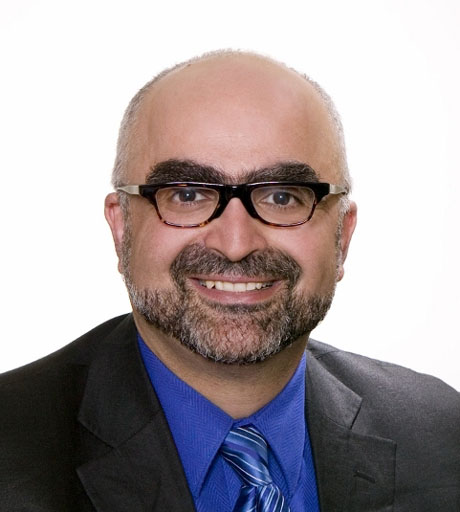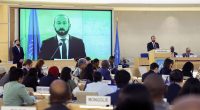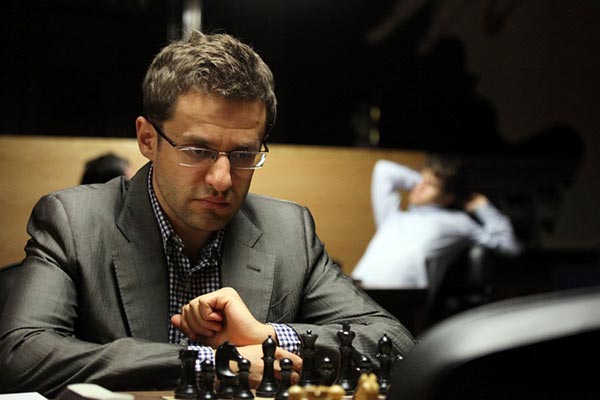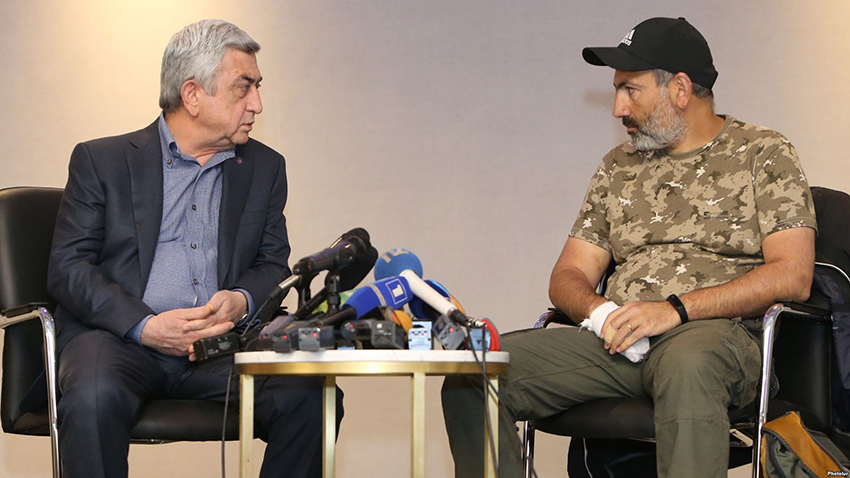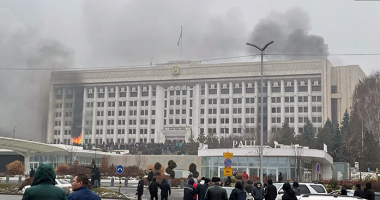A Personal Note from Razmik Panossian, the Director of the Armenian Communities Department of the Calouste Gulbenkian Foundation
February 2023 marked the 10th anniversary of my arrival at the Calouste Gulbenkian Foundation to head the Armenian Communities Department. It’s been an incredible decade at the helm of one of the most important funding entities in the Armenian world. It is also an opportunity to take a step back from my daily routine, to reflect on the past and to think about the future.
2023 coincides with the start of a new strategic plan for the entire Foundation. In May 2022, Professor António Feijó assumed the Presidency of the Foundation, and soon after embarked on a process of strategic redevelopment and planning. After months of consultations and preparation, in which the Armenian Department participated fully, the 2023-27 Strategic Plan was adopted by the Board of Trustees in December. “Sustainability” and “Equity” emerged as the two core principles around which Foundation activities will pivot.
It will be a year of transition for the Armenian Communities Department. We will wrap up the previous Five-Year Plan, and embark on the new one. Our revised mission statement is “To Strengthen Armenian language, culture and education in the Diaspora, and foster research and critical thinking in Armenia.” There is both continuity and change in this statement. We remain focussed on language, culture and education, especially Western Armenian, while we bring in new elements that are crucial for Armenians currently: sound research for better policy development, and critical thinking to better engage with national problems.
The programming of the Department reflects the duality of the Armenian world: Diaspora and Armenia. While we fully appreciate the interconnections between the two parts of the nation, we do, nonetheless, remain diaspora-centric in our approach. This is not only based on demographic facts – two-thirds of Armenians live outside of Armenia – but reflects a deeper philosophical perspective that the Diaspora is an inherent part of the nation, and that it must be nourished and supported in its own right. It is not a mere appendix to Armenia or just a source of resources for state building, rather the Diaspora is in itself a unique identity to be cherished.
The new Five-Year Plan addresses two fundamental problems: the sustainability of Western Armenian language and culture in Diaspora, and the lack of good research on current issues, based on critical engagement, in Armenia. More specifically, our programming henceforth will be based on the following four pillars:
- Ensuring the vitality of Western Armenian, from language acquisition and teacher development programmes to IT-based initiatives that reinforce the language.
- Cultural creativity support, whereby the emphasis is both on Western Armenian and on the transformative role of the arts in society and in the lives of individuals.
- Research support and translations which augment critical thinking in the social sciences and provide factual basis for policy development, particularly in Armenia.
- University scholarships, with a particular focus on Armenian Studies and contemporary issues, as well as on Armenian undergraduate students in developing countries.
Sustainability and equity are woven into all four priority areas. Unlike our previous strategic plan, the 2023-27 plan is thematically driven without making hard geographic distinctions between countries, reflecting the interconnected nature of Armenian communities worldwide.
We will soon be communicating the details of our new strategic plan through our updated website, social media and a series of in-person events in the Diaspora and in Armenia. We are currently finalising the lists of projects we have supported since 2014 and the scholarships we have given. These will be posted on our website, in line with our policy of transparency. A detailed report of our activities during the last 10 years will also be made available.
I have looked ahead so far. As I mentioned, the 10-year milestone is also an opportunity to reflect back. I am often asked what I consider to be our greatest achievements since I joined the Gulbenkian Foundation. This is a difficult question. Short of listing specific initiatives, I would mention three broad tendencies that I believe the Armenian Communities Department has led, or significantly contributed to.
First, we have put Western Armenian “on the map.” While many speak of the dangers facing the language, we have actually put considerable resources into its revitalisation: pedagogic tools, teacher development, spellcheckers, digitisation of literature, school aid, publications, culture support, children’s programmes (in person and online), adult language courses, and so forth. All these, cumulatively, have reinforced the language, and created a newfound excitement about it, particularly among younger people. Western Armenian is an “endangered” language, it is not a dead language. This generation has the means to reverse the process, and we are pleased to be one of the leaders of the revitalisation movement.
Second, through our research and translation related grants, we have played a key role in “modernising” Armenian studies to cover more contemporary subjects on the one hand, and on the other, brought new thinking and approaches to Armenia through the translation of important social science texts. Much more needs to be done in this domain, and hence our explicit focus on these two aspects during the next five years. The Armenian Diaspora Survey, current issues in Armenia, as well as research grants on Armenian-Turkish relations, are prime examples of the former, while our translations series is an example of the latter.
Third, I cannot fail to mention our university scholarship programme which has benefitted thousands of students around the world. It certainly is something to be proud of. Many of the new talent currently in the field of Armenian Studies have been recipients of Gulbenkian scholarships at one point. We grant 8-15 Masters, PhD and post-doc scholarships every year just in the field of Armenian Studies (outside of Armenia), not to mention scores of other scholarships to researchers and Armenian students in other fields of study, including a conference and travel grants to young researchers in Armenia.
I believe the Armenian Communities Department has played a transformative role in the last 10 years in these three areas. Our four programming pillars for the next five years will certainly build on these trends, always keeping in mind the wider socio-political context in which we operate and the many challenges facing Armenians both in Diaspora and in Armenia. Flexibility (being agile in the face of crises) is the key to successful grant making, which we had to show during the pandemic and the 44-day war, switching to humanitarian aid or drastically altering projects while remaining focussed on core priority areas.
At a more “internal” level, last year we redeveloped our website to a fully bilingual site, in English and Western Armenian. Even the “cookies policy” is in Armenian! We augmented our human resources by hiring an Assistant Director, Shogher Margossian. And we launched our own departmental Facebook page to engage directly with social media. Please do follow us!
My biggest challenge during the upcoming months is going to be managing continuity and change simultaneously, as we start implementing the new Five-Year Plan. Change entails letting go of some long-standing partners. It is difficult to say “no” after years of fruitful collaboration. But new challenges have to be taken on, new projects developed, and new partnerships established and nourished.
Likewise, with continuing initiatives, we must always ask the “impact question,” and show our Board of Trustees, and indeed the broader public, that our initiatives are having real impact in the Armenian world. We acknowledge that showing impact is difficult, especially when it comes to language, culture and education. We would have to work on this, in collaboration with our colleagues at the Foundation who are in other grant making units.
We are excited about the next five years. We will continue funding projects, develop new programmes, learn from the challenges we have faced, and plough ahead. I always give the example of my grandparents’ generation. They built their lives, their communities, their culture and their language in the Diaspora after the Genocide. Mr. Gulbenkian himself played a role in this rebuilding process in the 1920s and 1930s. We can do the same. That, in a nutshell, is our philosophy at the Armenian Communities Department of the Calouste Gulbenkian Foundation.
Razmik Panossian
For further information please visit: https://gulbenkian.pt/armenian-communities/ subscribe to our newsletter and follow our Facebook page: https://www.facebook.com/gulbenkian.armenian.communities.

